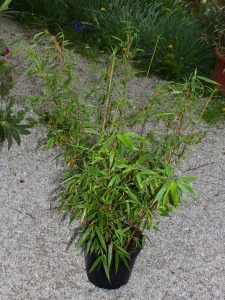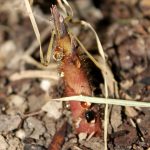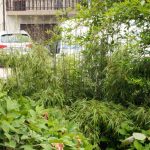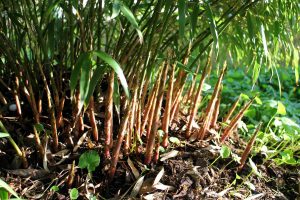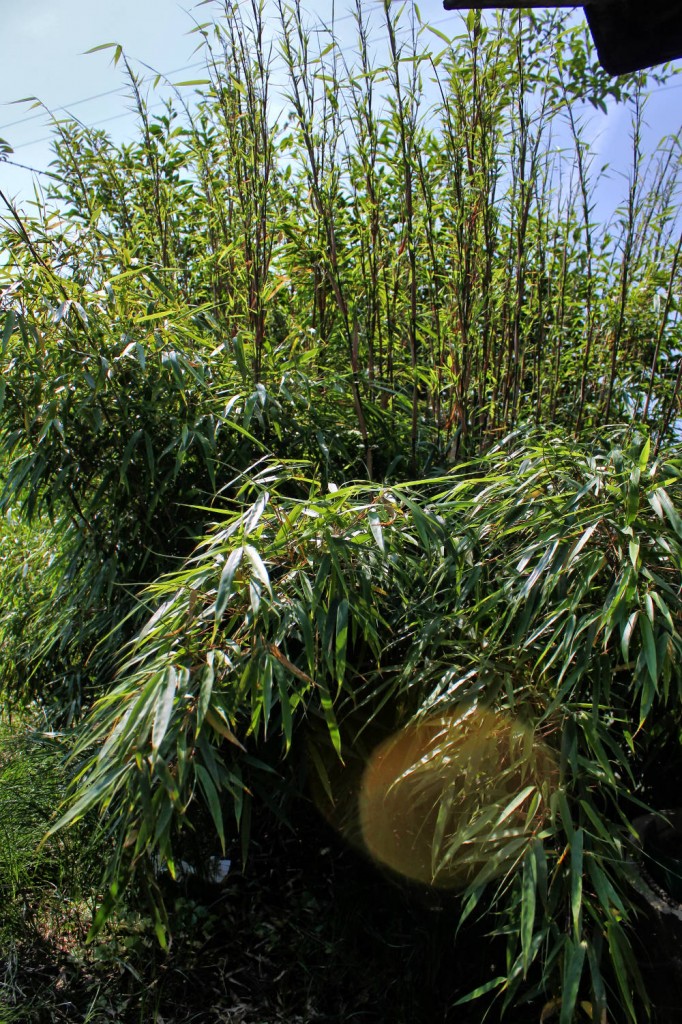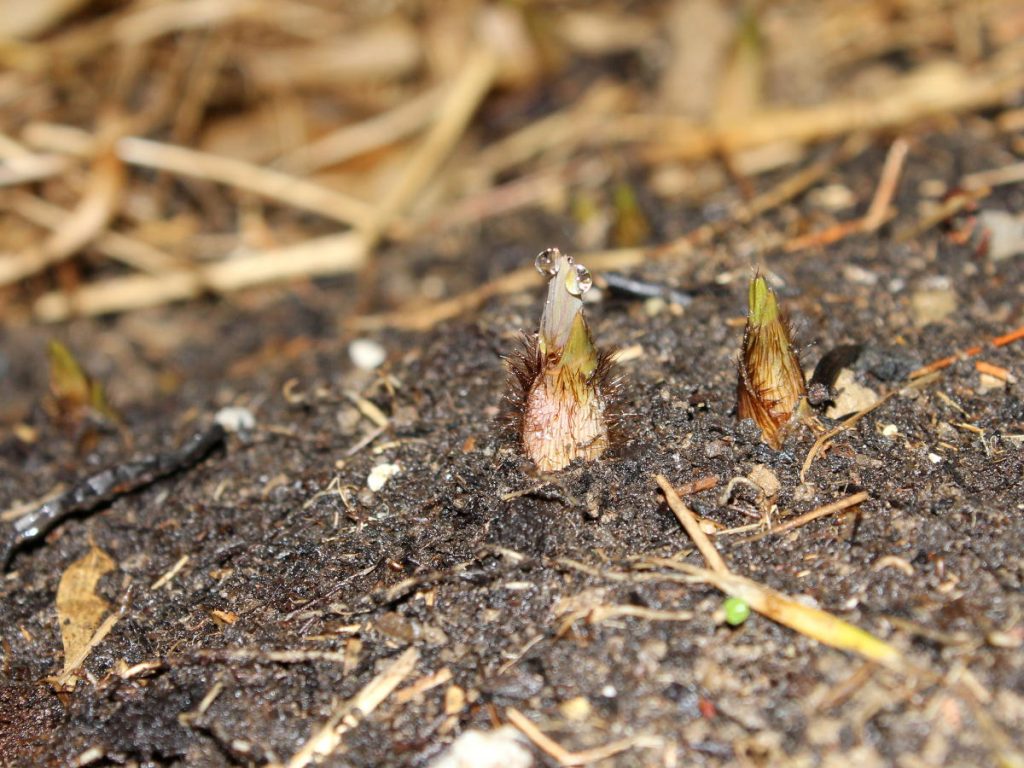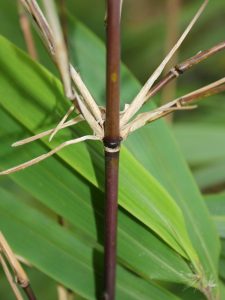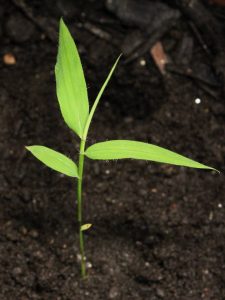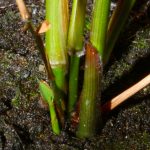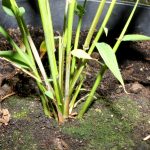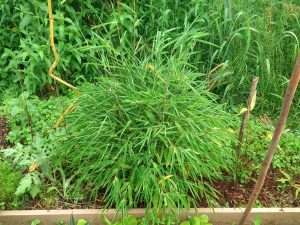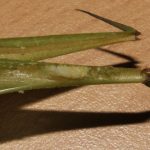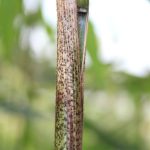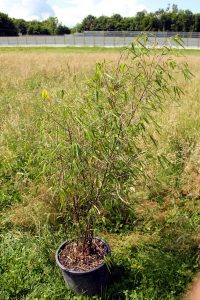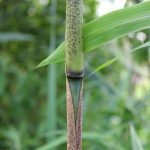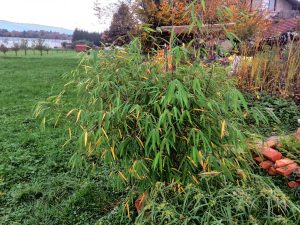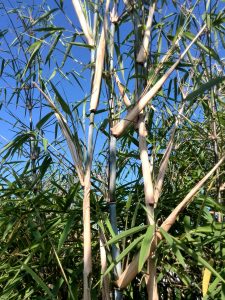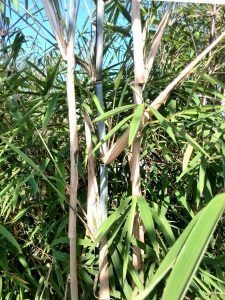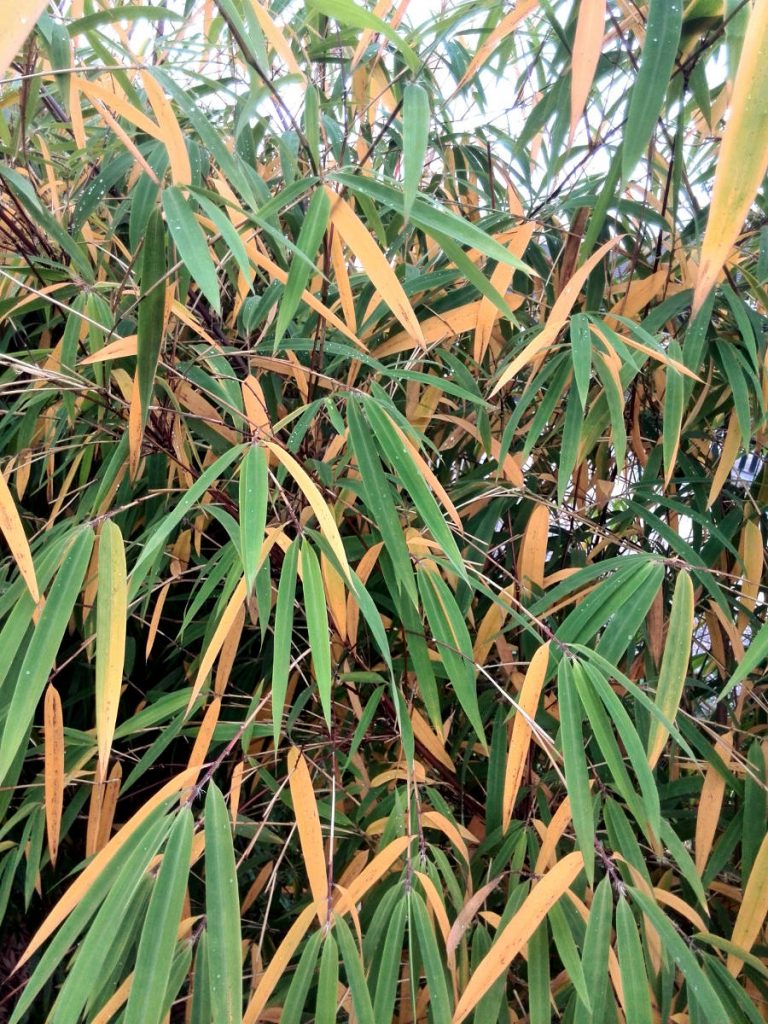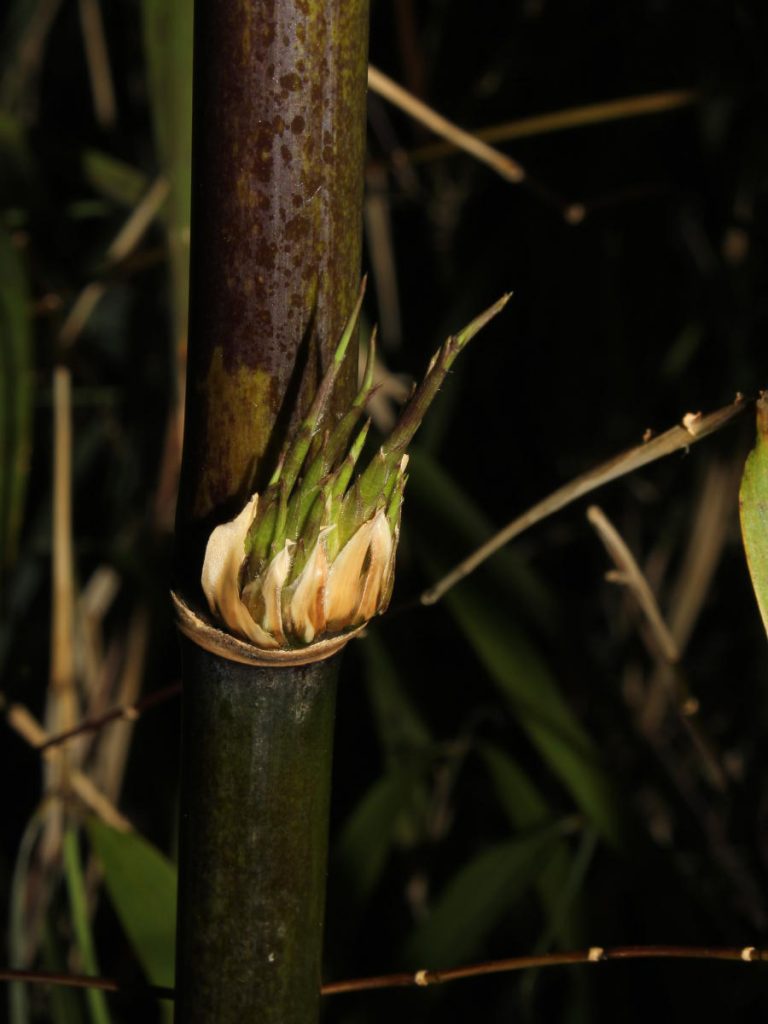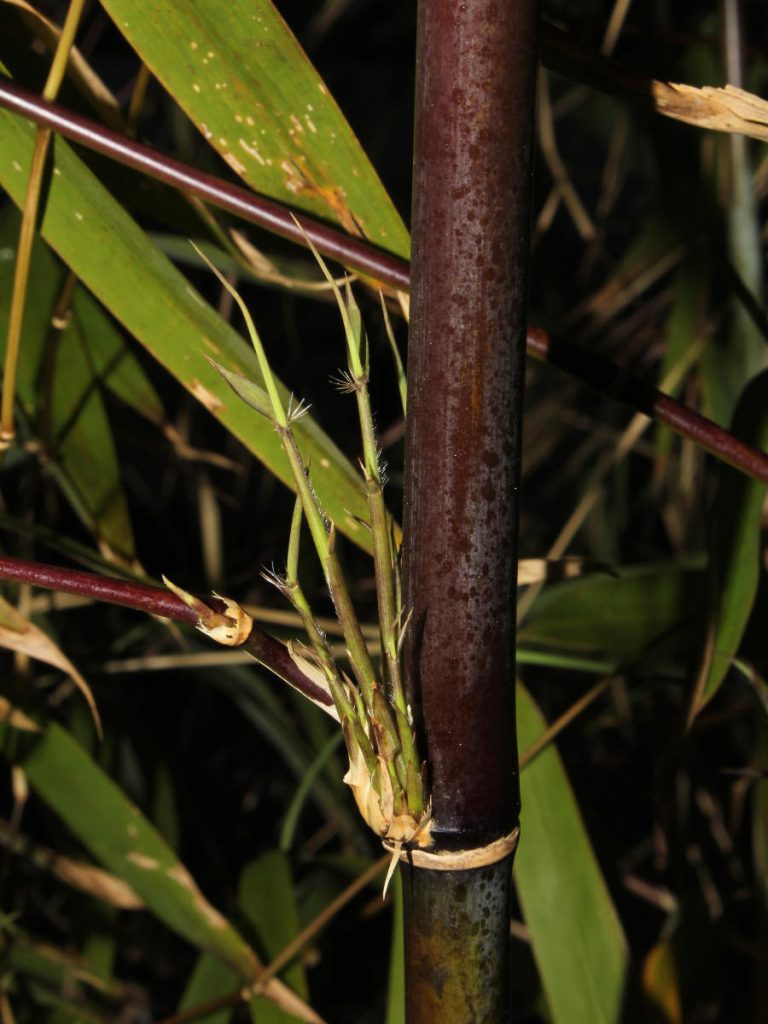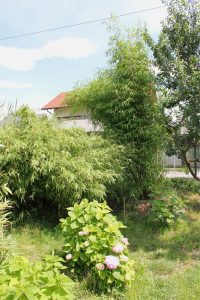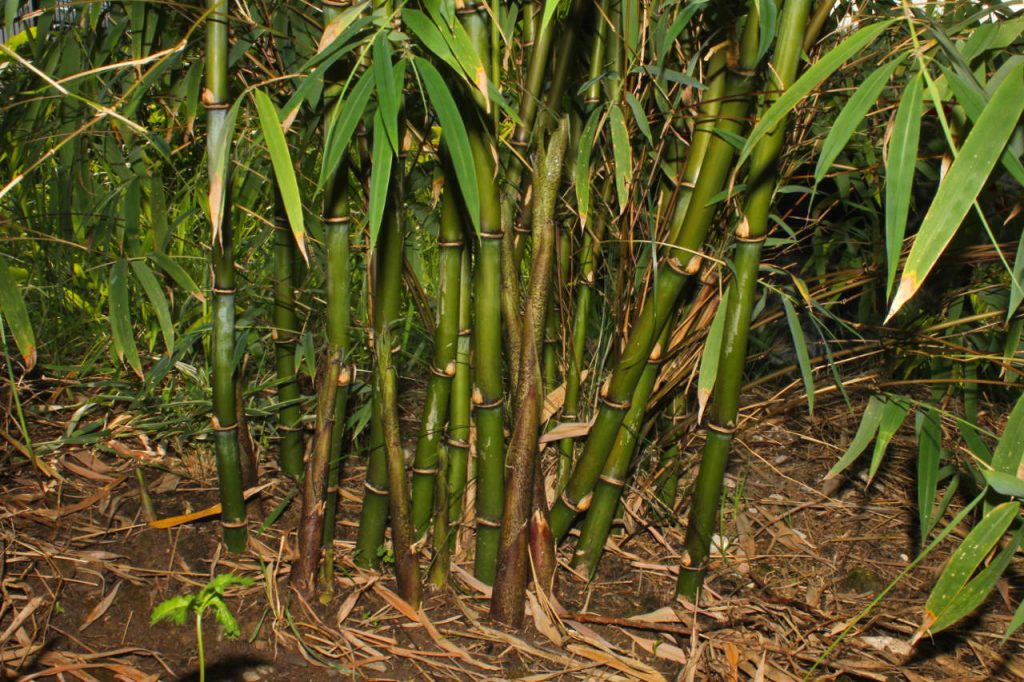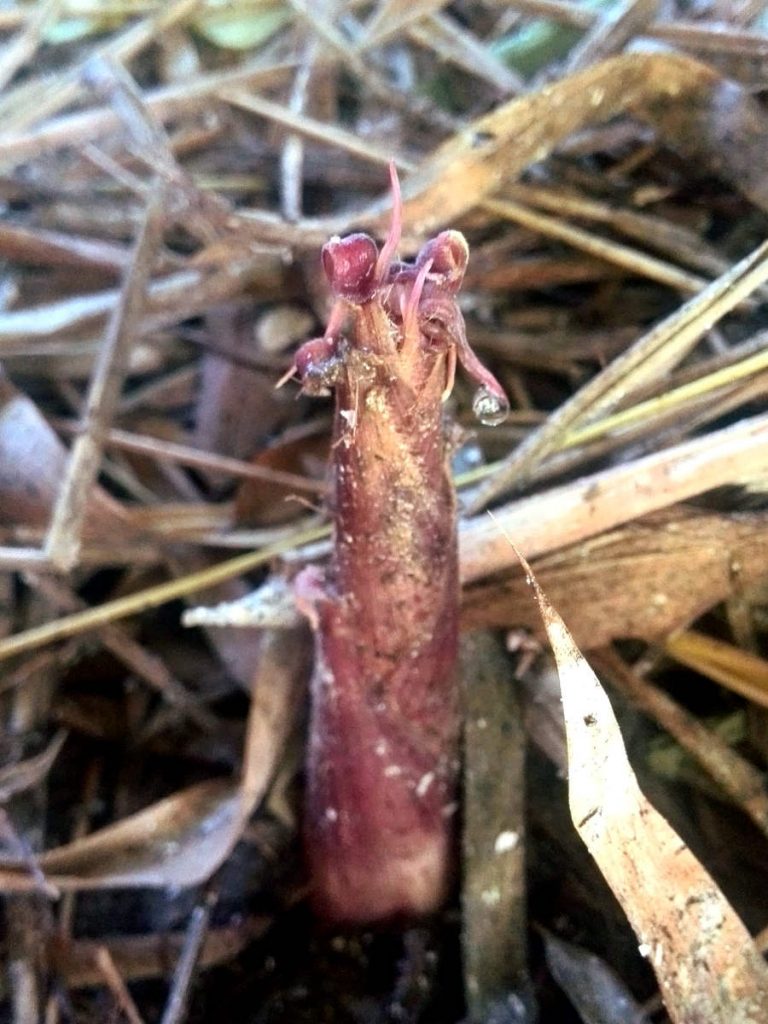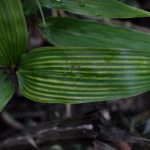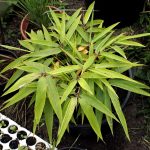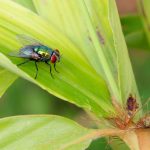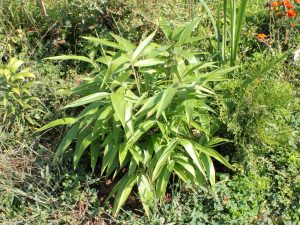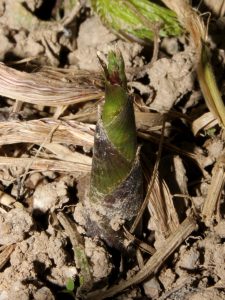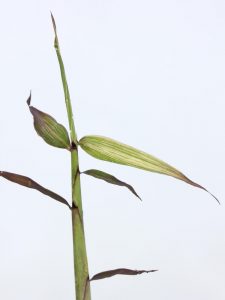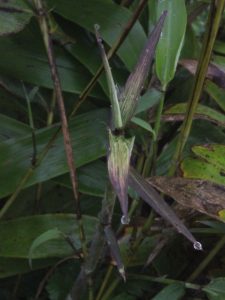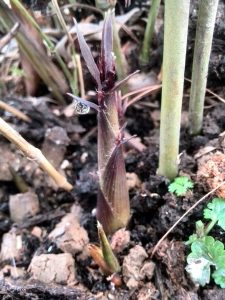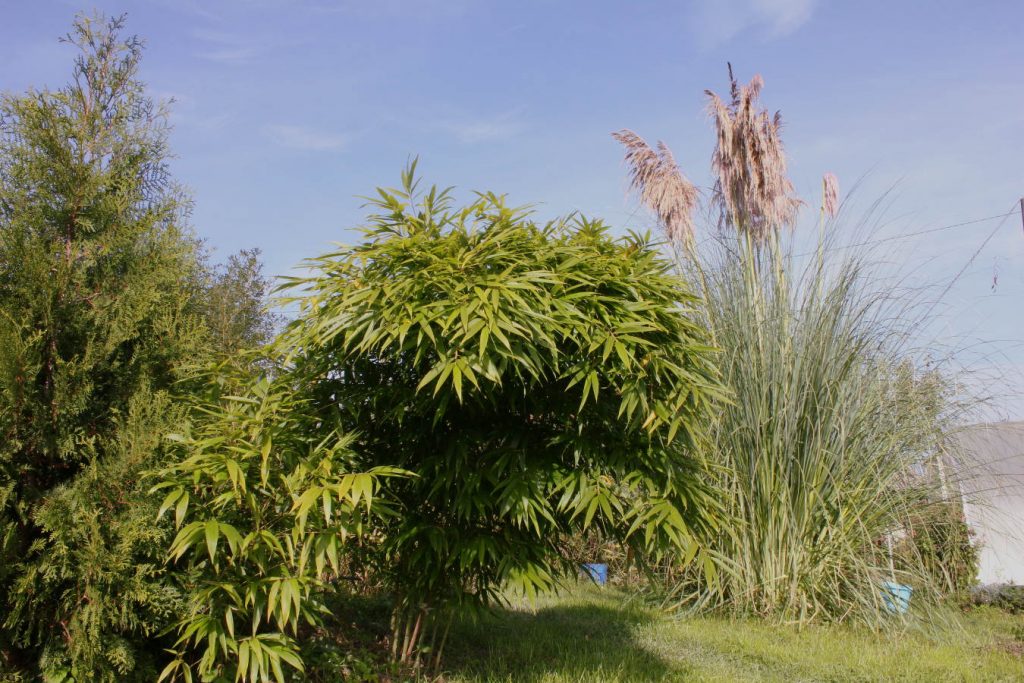Cyperus Papyrus

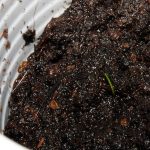
Basic information:
| Height: 4 to 5 m Hardiness: Can not handle freezing Characteristics: Cold sensitive, vigorous, loves boggy soil or even standing water, doesn’t like soil to dry out |
After unsuccessful purchase when I received Umbrella palm instead of Cyperus papyrus, I tried buying another pack of seeds from different seller. Seeds germinated with high germination rate in only a couple of days. Small fragile plants were transplanted into larger pots, because summer was already there and I wanted them to grow as much as possible.

In around two weeks, plant started to really take off! Each day, seedling grew larger and larger. By the time when first tillers appeared, it became evident that it’s really the large version of Papyrus and not the ‘umbrella plant’.
Unlike many other seedlings, it thrived in full sun from the beginning. At first I planed to protect it from scorching sun that can easily kill most of other plant’s seedlings, but since the plant originates from Egypt, I ditched the idea and keep it unprotected.
I found out that they don’t like too much fertilizing, especially when young. Even moderate amount of fertilizer resulted in plant yellowing and stunted growth. Transplanting it into peat moss solved the problem immediately.
Extremely fast growth continued during the hottest months of the summer and then they slowly stopped developing when it cooled off.
By the mid September, Papyrus started to look really exotic with nice looking ‘feather dusters’ emerging. Despite cold, overcast weather with regular rain intervals, seedling managed to use all the standing water inside the bucket within a day or two. With roots that were not well established, water level remained the same for days even when temperatures were high and there was a lot of sunshine – sadly, this year seedling missed most of the summer. With some luck, if Papyrus manages to overwinter successfully, it will start from the beginning and rise a couple of meters high.
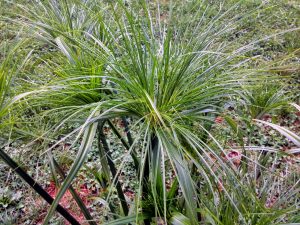

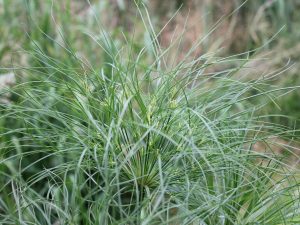
In it’s second year, in late spring it began to grow faster again and started to show first signs of flowering. It really needs high temperatures to start growing and while it can survive the spring when it’s not yet warm enough, it won’t grow much. It’s slow growth might also be related to low soil temperature and poor condition of the plant after long winter.
After first season during which I’ve kept it in container, I decided I should try planting it outside without any barriers, so the only thing that was limiting it’s growth was lack of sun and the fact that it got shaded by other plants that grew higher.
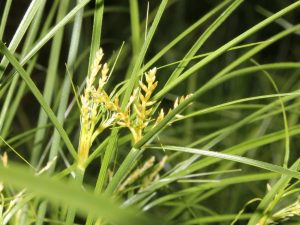

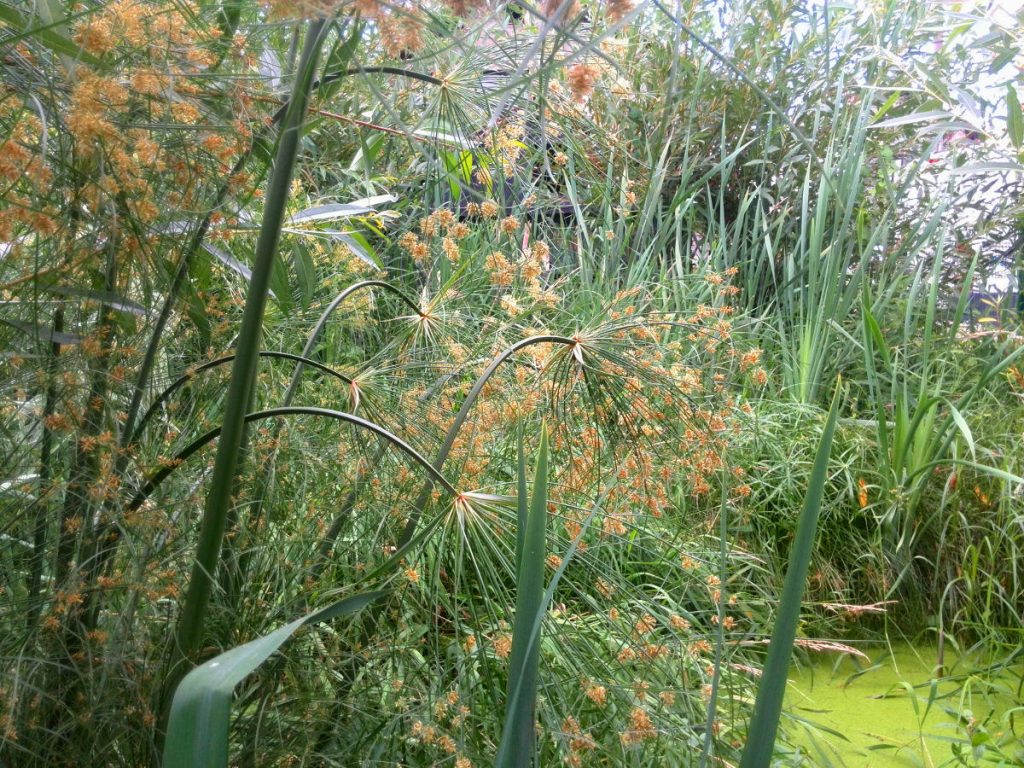

Flowers are brown with abundance of yellow anthers. During the most prolific flowering, umbels were starting to turn downward, due to the weight of all the flowers on it.
Flowers soon stop producing pollen, start drying and turn brown. When the seeds are ripe, they fall out and wait for a good time to start growing. I haven’t find any seedlings, despite the fact that there were millions of seeds that got ejected into the surrounding area. If they need stratification, hopefully they will emerge in the spring.
